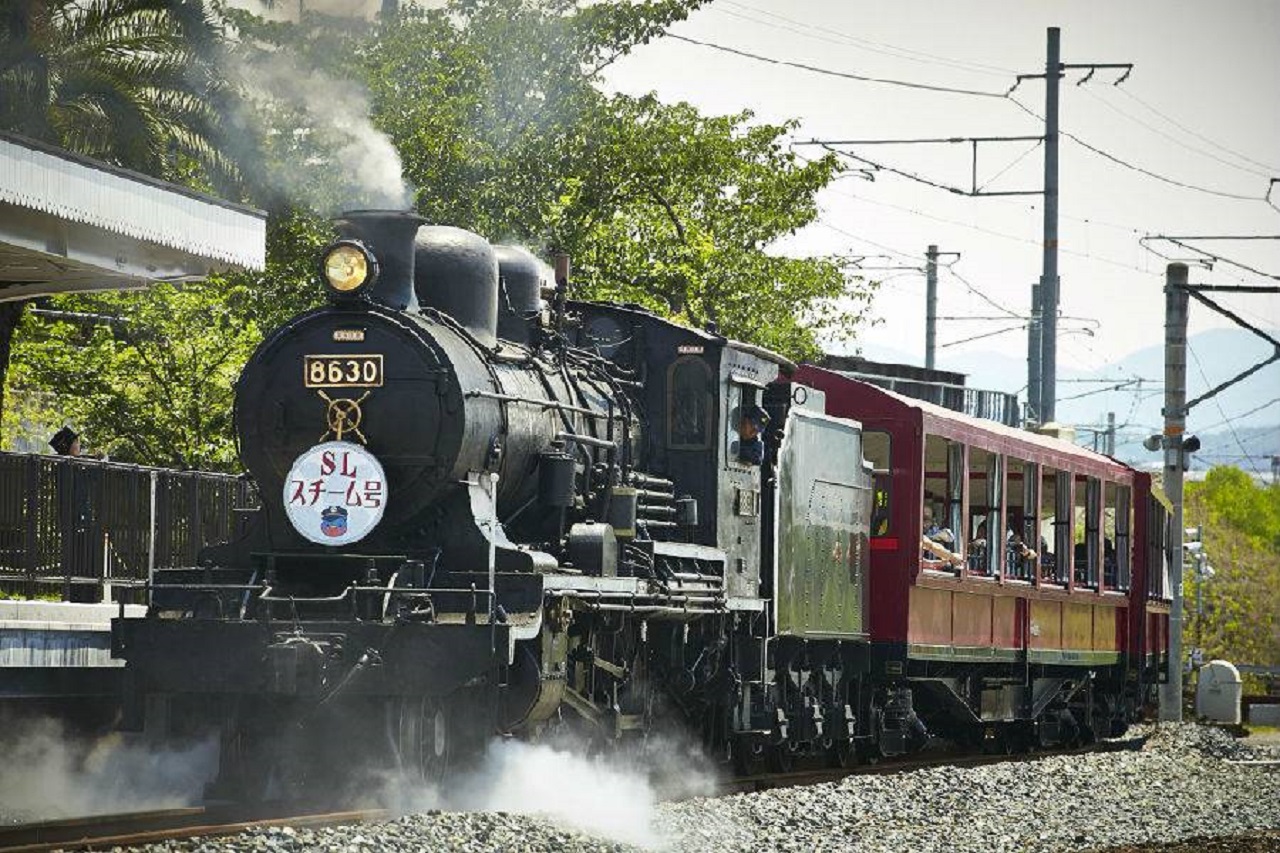More about Kyoto Railway Museum
Kyoto Railway Museum is a must-visit destination for any tourist who is interested in the rich history and culture of Japan's railway system. The museum, which is located in Kyoto city, showcases the evolution of the country's railways from their inception to the present day. The exhibits are comprehensive and immersive, with visitors able to experience the trains and locomotives up close. The museum also boasts a vast collection of artefacts and memorabilia, including vintage train models, photographs, and other historical documents.
Additionally, the museum offers interactive displays and simulations that allow visitors to get a feel for the driving experience and mechanics of the trains. Overall, Kyoto Railway Museum is a fascinating and educational attraction that provides a unique insight into the history and development of Japan's railway system. It's a must-visit destination for tourists looking to experience a significant part of Japanese history and culture. Find some information about Kyoto Railway Museum such as fun activities, opening hours, and Kyoto Railway Museum ticket prices below
The Kyoto Railway Museum is a museum in Shimogyo-ku, Kyoto, Japan that showcases the history and development of railways in Japan. The museum is located in the former Umekoji Steam Locomotive Museum, which was opened in 1972 and was the first railway museum in Japan.
In 2016, the museum was renovated and reopened as the Kyoto Railway Museum. The new museum is significantly larger than its predecessor, with 30,000 square meters of exhibition space, and features over 50 locomotives and train cars, including several that are designated as National Important Cultural Properties. Today, the Kyoto Railway Museum is one of the largest railway museums in Japan and attracts visitors from around the world who are interested in the country's rich railway history.
Opening Hours of Kyoto Railway Museum
Kyoto Railway Museum is open every day except for Wednesdays, New Year's Day, and during periodic maintenance closures. The opening hours vary depending on the season. During the peak season, which runs from late March to early January, the museum is open from 10:00 am to 6:00 pm. During the low season, which is from early January to late March, the museum opens at 10:00 am but closes earlier, at 5:00 pm.
It's important to note that the last admission to the museum is 30 minutes before closing time. Visitors should also keep in mind that the museum can get quite busy, especially during peak season, so it's recommended to arrive early to avoid long queues.
Latest Kyoto Railway Museum Ticket Prices 2023
When it comes to ticket prices, the Kyoto Railway Museum offers a variety of options to suit different needs and budgets. Here are information about Kyoto Railway Museum 2023 ticket prices:
- Kyoto Railway Museum 2023 ticket prices - high school students (16-22 years): IDR 146.843
- Kyoto Railway Museum 2023 ticket prices - elementary students (7-15 years): IDR 56.495
- Kyoto Railway Museum 2023 ticket prices - Adult (18-99 years old): IDR 169.486
- Kyoto Railway Museum 2023 ticket prices - Child (3-6 years old): IDR 22.531
It's worth noting that the museum occasionally offers special exhibitions and events that may require an additional admission fee. For example, during the summer months, the museum hosts a popular outdoor steam locomotive exhibit, which requires a separate ticket purchase. Visitors can check the museum's website or Traveloka App for up-to-date information on upcoming events and pricing.
The museum has a large collection of locomotives and train-related artifacts that showcase the history of railways in Japan. Visitors can see and experience the evolution of railway technology and culture in Japan through various exhibits and interactive activities. One of the main attractions of the museum is the Steam Locomotive Square, where visitors can see and touch real steam locomotives that were once used in Japan. The square features a variety of locomotives, including the D51 and C58 steam locomotives, which are famous for their distinctive designs. In addition to the Steam Locomotive Square, the museum has several other exhibits that showcase the history of Japanese railways. The museum has a collection of over 50 railway vehicles, including steam locomotives, electric trains, and diesel trains. Visitors can see the interiors of many of these vehicles and learn about the technology and design behind them. The museum also has a section dedicated to the Shinkansen, or the Japanese high-speed train. Visitors can learn about the history of the Shinkansen, as well as see and experience a real Shinkansen train. Here are some attractions you can experience at the Kyoto Railway Museum: Visiting the Kyoto Railway Museum is a great way to learn about the history of railways in Japan. The museum's exhibits and interactive activities provide a unique and engaging experience that is suitable for all ages. The museum also offers a great opportunity to see and experience real trains up close, which is something that many people may not have the opportunity to do otherwise. For train enthusiasts, the museum is a must-visit destination. The collection of locomotives and train-related artifacts is extensive and provides a comprehensive overview of the history of Japanese railways. The museum also offers a great opportunity to learn about the technical aspects of trains and railway technology. The Kyoto Railway Museum is located in the Umekoji Steam Locomotive Museum, which is in the Shimogyo Ward of Kyoto. The museum is easily accessible by train, bus, or taxi. Here's how to get there: Book Kyoto Railway Museum tickets directly at Traveloka and schedule a vacation to Japan with your loved ones. You can also read the Kyoto Railway Museum review on Traveloka to get tips and tricks for an exciting vacation on this Japan attraction. Check the latest Kyoto Railway Museum 2023 ticket prices at Traveloka and have a great holiday!Fun Activities at Kyoto Railway Museum
Exciting Experience Visiting Kyoto Railway Museum
How to Get to Kyoto Railway Museum>




















 Facebook
Facebook Instagram
Instagram TikTok
TikTok Youtube
Youtube Twitter
Twitter Telegram
Telegram WhatsApp
WhatsApp
